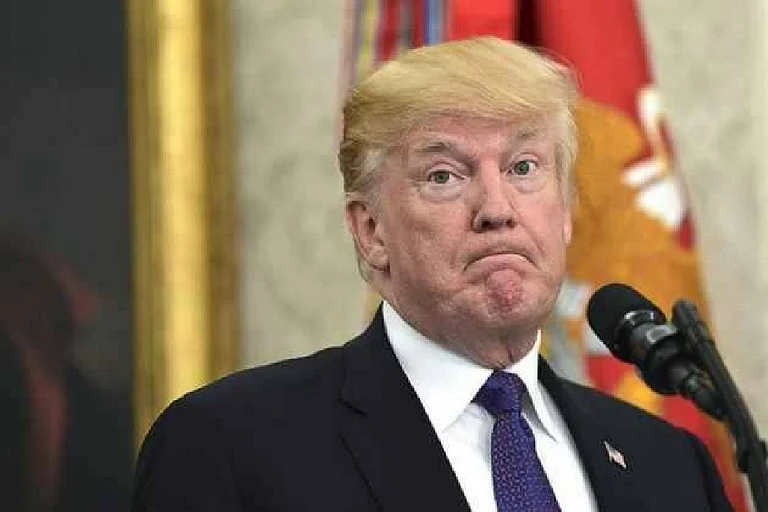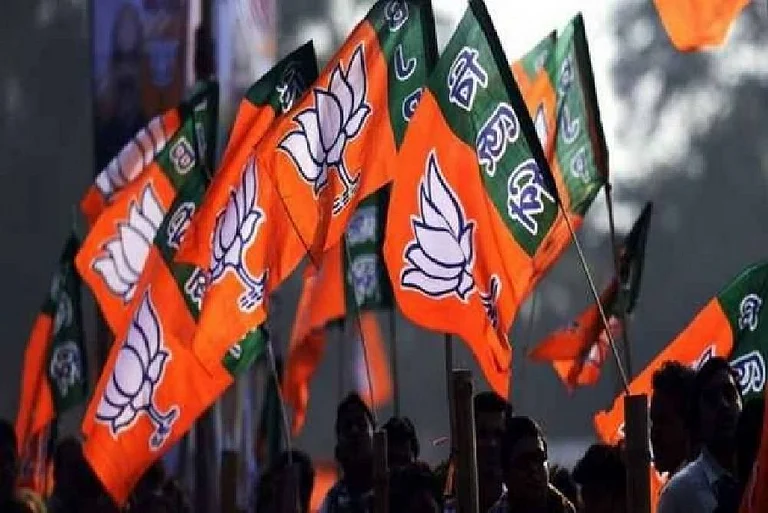Privatisation was an important component of the great liberalisation (GL) initiated by the P.V. Narasimha Rao government in 1991, which changed the very structure of the Indian economy. Liberalisation of trade, investment, both domestic and foreign, and financial sector reforms laid the foundation for high growth, as shown in the period from 1992–93 to 1997–98, and again from 2002–03 to 2010–11. The growth in the latter period exceeded 8.5 per cent, despite the interruption caused by the global financial crisis in 2007–08.
‘Cold’ privatisation, through the entry of the private sector into a variety of industries, has been a grand success in almost all areas without market failure—manufacturing, services and the contestable natural monopoly segments of infrastructure, including airlines, courier services, ports and energy other than electricity. Even in areas of market failure without contestation, when the specific approach was functional and creating value—as in the case of roads and highways, silos, large ports and electricity generation—the success was quite significant. Indeed, over the first decade since liberalisation began, the share of private investment went up from under 35 per cent of all capital formation to over 52 per cent. The efficient capacity so created and the demand that rapidly growing private investment generated were responsible for the high growth in the periods mentioned earlier.
In the areas of competition or contestation, little needed to be done other than abolishing the Industrial Policy Resolution of 1956. On the other hand, in the area of market failure, the second-generation reforms required the creation of regulation, frameworks, especially PPP (public–private partnership) models, and changes in law. Key developments were the telecom policy initiatives of 1994 and 1999, which made the telecom sector almost entirely private in character, and the PPPs—model concession agreements (MCAs) especially for roads, ports, airports, silos and one metro project (Hyderabad). Besides the BOT format, many other formats, including annuity, hybrid annuity, unbundling and “right” bundling and marketisation, took private investments forward in areas where financial viability was low. The intellectual capital that came forth from the team led by the late Gajendra Haldea of the Planning Commission of India was instrumental in bringing private investments in areas of market failure, especially via PPPs, and through long-term relationships of the private sector with the government. Whenever the government ignored or sidestepped the tenets of sound design, the results were well below the optimal and led to vast rents to the private sector.
The frameworks for important public services like water supply and sewerage, sanitation, multimodal switches, urban roads, inland water transport and solid waste management are still absent. This is disappointing because marginal tweaking that builds in the context of the MCAs, annuity models and the viability gap approach pioneered by the Planning Commission could have brought about vast investments and shifted asset management to the private sector.
That intellectual capital is sorely missing today when the political commitment to clean up India (Mission Swachh Bharat) and to improve urban living (smart cities) is deep. Both programmes are left without the design, coordination, lead organisation and framework development, unlike the happenings in the National Highways Development Project under Atal Bihari Vajpayee.
Coming now to the problem of privatisation of existing state-owned enterprises, or “hot” privatisation as it is called, there are only a few cases of success. The most notable ones are the Ashoka Group of Hotels, Hindustan Zinc, VSNL, the Delhi discoms, and now Air India. The success of Air India is only due to the ‘generosity’ of the Tatas. The government has been talking about privatisation now for nearly a decade, with little happening on the ground.
The government is like the millstone that hurts PSUs. Its demand for dividends is unrelenting and the pressure on PSUs to go beyond their primary task to serve the fanciful projects of the government increases by the day. Diversification and consolidation based on their business logic are denied. Interference has reached a truly dysfunctional level that threatens to undermine the organisations of even worthy PSUs like NTPC and ISRO. What accounts for the poor record of “hot” privatisation since the GL? It would be wrong to blame “political difficulties” since for at least three regimes, there was little to no opposition to privatisation. And potential opposition from workers had withered down due to the setting up of the National Renewal Fund, a generous voluntary retirement scheme, and a commitment that there would be no retrenchment of workers by the Narasimha Rao government.
The privatisation of VSNL and Delhi discoms has already demonstrated the benefits to workers, who trusted the new private sector managements. Their wages increased to more than double that of their counterparts who chose to stay with the government, their work environment improved and they were able to regain a sense of self-worth. The idea that workers in India have great power to hold back change is no longer true. Already, the entire service sector, including the IT and ITES, is operated on a hire-and-fire basis. Manufacturing industries in the private sector, through the hire of contract labour, have greatly reduced the power of organised labour. Today ‘tempees’ and contract labour constitute nearly 50 per cent of the workforce in the organised private manufacturing sector, PSUs and even the government.
The core reason for failure of ‘hot’ privatisation is the government’s inability to give an institutional framework to the process and design. Instead, it has chosen to set up a government mechanism in the Department of Investment and Public Asset Management. Privatisation, quite like the management of PSUs, needs to be distanced from the government of the day. Earlier in 1996, the government had created a commission, with G.V. Ramakrishna as its head, but the bureaucracy ensured that it was stillborn. Later under Vajpayee, an active Depart-
ment of Privatisation was set up, and the high competence of its secretary Pradeep Baijal and the deep commitment of the then minister Arun Shourie helped to privatise more than 20 companies, included Balco, the Ashoka Group of Hotels and Hindustan Zinc. That remains the best record yet. But even the effort then was hampered by not pursuing the dilution route.
The dilution route is free from cronyism and can build on the capability of PSU managers, who individually are second to none. The gain to the government can also be high if the approach is enshrined in a white paper that lists all PSUs to be put through such a dilution. Stock markets have penalised PSUs to the extent of more than 60 per cent of their value only because they are controlled by the government. Getting the government off their backs would give a massive bounce to their market capitalisation, which can be a very important source of capital receipts in the future when the government sells the shares post-privatisation. Of course, the government would have to entirely withdraw from any control over the management. An independent commission would be able to pursue a strategy, embed learning, and be immune to political interference and cronyism. But would the PMO oblige?
(Views expressed are personal)
Sebastian Morris is Senior Professor (Indian Economics) and Chair of the Centre for Public Policy and Governance, Goa Institute of Management





















